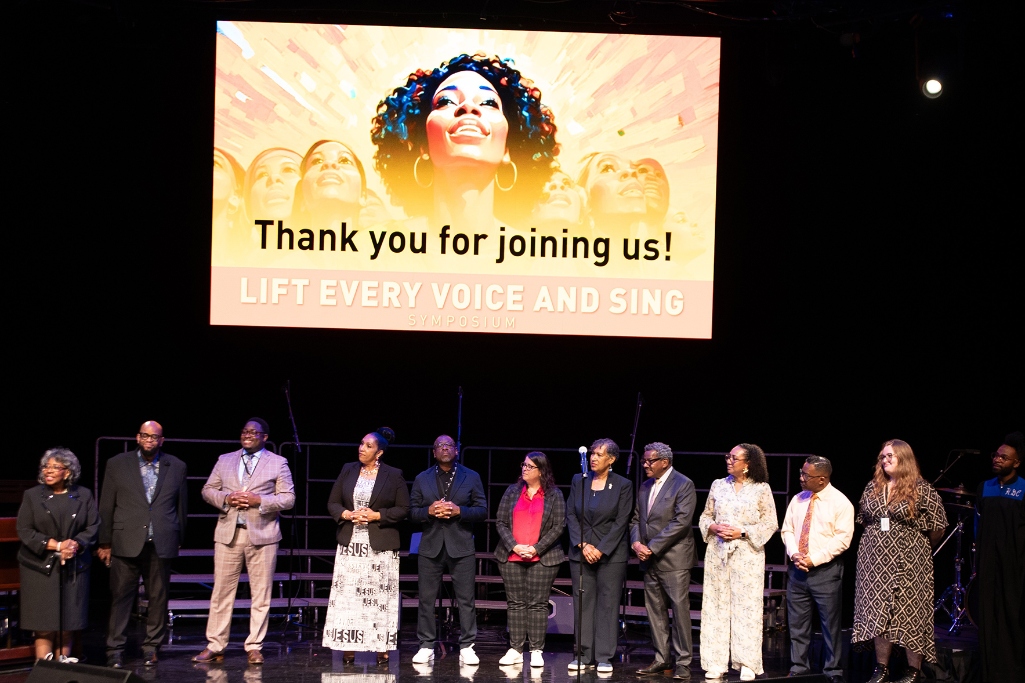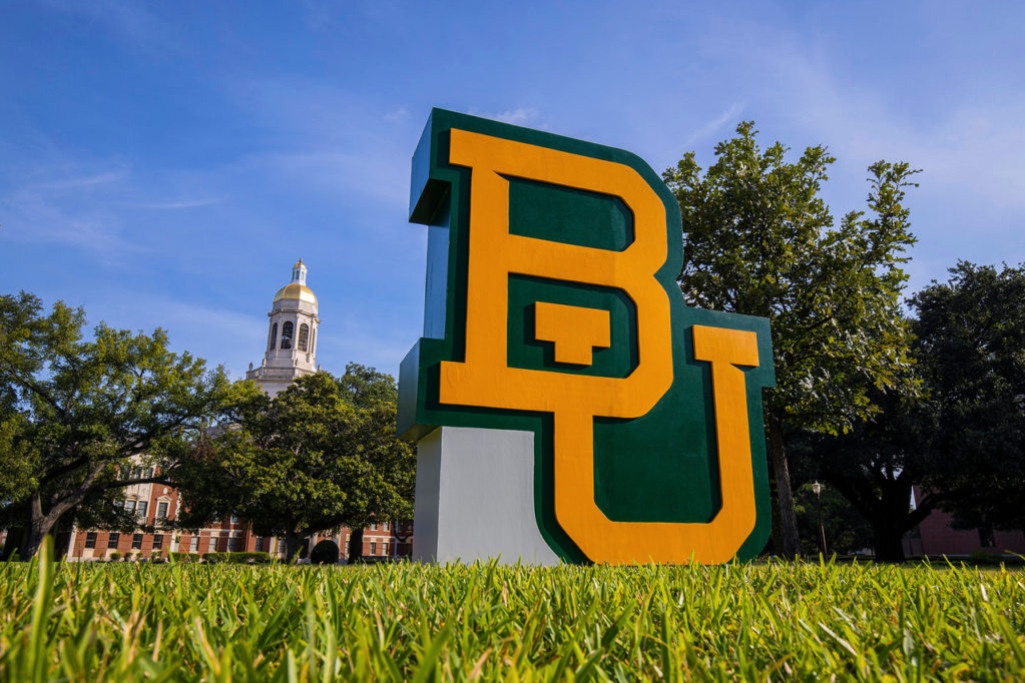
The Museum of the Bible gathered a diverse group of scholars, theologians and musicians for its June 12th symposium exploring the hymn “Lift Every Voice and Sing” 125 years after its composition.
WASHINGTON, D.C. (BP) — James Weldon Johnson’s poem “Lift Every Voice and Sing,” set to music by his brother John Rosamond, was first presented as a hymn, then adopted as a song and soon cherished as an anthem.
In its 125th anniversary year, the work published in numerous hymnals, including Lifeway Christian Resources’ 2008 Baptist Hymnal, is transparently seen as a healing balm with timely biblical and theological elements for a deeply divided United States.
“I think the message is that hope born is for our humanity flourishing,” Stephen Newby, a Baylor University professor of music who holds an endowed chair in the study of Black worship, told Baptist Press.
“Hope born is for our humanity flourishing. That’s what it says. That word says that for all society, for all cultures. It has a Christian, a very clear Christian theological trope that says that, speaks to and lifts up the kingdom of God.”
So biblical is the hymn that the Museum of the Bible collaborated with Newby and a host of theologians, scholars and musicians in a symposium June 12 as the nation approached Juneteenth, celebrating the day in 1865 when all slaves were freed in the U.S. more than two years after the Emancipation Proclamation.
“Museum of the Bible is dedicated to showing the impact of the Bible, and the lyrics of ‘Lift Every Voice and Sing’ show this impact,” Robert “Bobby” Duke, Museum of the Bible’s chief curatorial officer and director of the museum’s Scholars Initiative, told Baptist Press. “Just like the prophets in the Old Testament saw an ideal future society while still living in the present, ‘Lift Every Voice and Sing’ shows the same reality of balancing the pain and struggle in the past with the vision of a future where everyone experiences the ‘harmonies of Liberty,’ to quote the song.”
Duke and others at the museum engaged a multicultural team in the symposium, presenting a day of panel discussions, spoken word and various compositions of the hymn, capped by an evening of gospel music with the Howard Gospel Choir of Howard University and the Washington Performing Arts choirs. The late David Daniels, who held an endowed chair in world Christianity at McCormick Theological Seminary in Chicago before dying in 2024, originally brought the idea to Duke.
“The hopeful vision of this song is inspiring to all,” Duke told Baptist Press. “Museum of the Bible spent several years planning this event, knowing this historic anniversary was happening in 2025.”
Newby believes the hymn, in telling all humans to lift our voices and sing, to “engage in something that brings us together,” is indicative of the imperatives found in the Psalms.
“Let us do this, let us do that,” Newby compares the two. “Do this, do this. Sing this, sing this.”
Newby believes the hymn should be widely sung, widely taught and widely used in sermons across Christian denominations, in seminaries and in cultural spaces.
“I would encourage publishers, one, to publish it, to put it in hymnals. I would encourage scholars to continue to write articles, book chapters, and reflect on the text, write devotionals,” he told Baptist Press. “I would encourage churches to not only import it into their liturgy, but take the song and teach it in your Sunday school, in your Baptist Training Union. I would also encourage preachers to develop sermons from it, or sermon series. You will find a lot of healthy theology in this bibliocentric hymn. It’s biblically driven.”
Newby grew up in New Mount Zion Missionary Baptist Church in Detroit, Mich., but has served in Presbyterian, Church of the Nazarene and other spaces, as well as on staff of Promise Keepers.
“There’s a lot in the hymn, but we need to sing it,” he said. “We need to sing all three verses and realize it is a resource to point us to the source of all things that are good.”
At the Museum of the Bible event, Newby participated in a panel that explored the song’s text that originated free of music, just as the biblical Psalms are free of musical scores.
While Jesus’ name is not in the hymn’s lyrics, panelists said the name of Jesus is inherent in the lyrics, that the “unborn hope” the song referenced is Jesus born in a manger.
“I believe there are trinitarian tropes, the very fact that it’s all three verses that we can sing,” Newby said on the panel. “And I think verse one, we can see trinitarianism there. Verse two, I think, represents Jesus. But then I think verse three also is ascending, for us. There’s ecclesiology there.”
“Lift Every Voice and Sing” holds ecclesiological and eschatological messages that are pertinent for Christians today, panelists said.
The text is tethered to Scripture, they said, in that it addresses “the in-between” by attending to the dead in addressing the past, as in Ezekiel 37 and the dry bones. But the hymn also looks to the future “native land” when all nations come together in Revelation 7.
Panelist Joy Moore, president of Northern Seminary (founded in 1913 as a conservative alternative within the Northern Baptist Convention) in Lisle, Ill., addressed the apostle Paul’s approach to slavery in the first century, surmising that while Paul could not expect the Roman Empire to change, he could promote change within the ecclesia, the “called out.”
“It is that we could be a glimpse, we would be a foretaste of what God intends to do with all the world when Christ returns,” she said. “This community that we form has this imagination that has been shaped by this biblical witness, that comes up in our spoken word, comes up in our songs” and is seen in this hymn.
“We are to be that community that allows folk to glimpse that God isn’t done with us yet,” Moore said, “and that this eschatology will be not pie in the sky when I die, but chicken in my kitchen, and ham where I am.”
(EDITOR’S NOTE — Diana Chandler is Baptist Press’ senior writer.)


